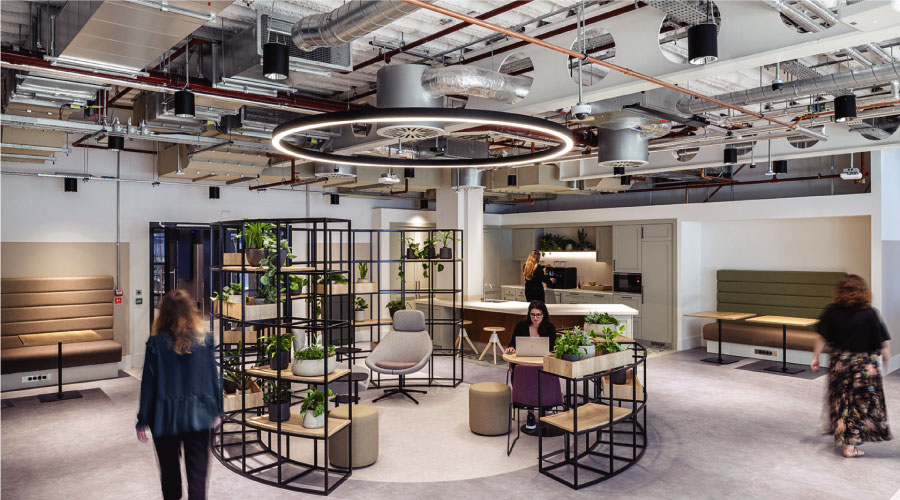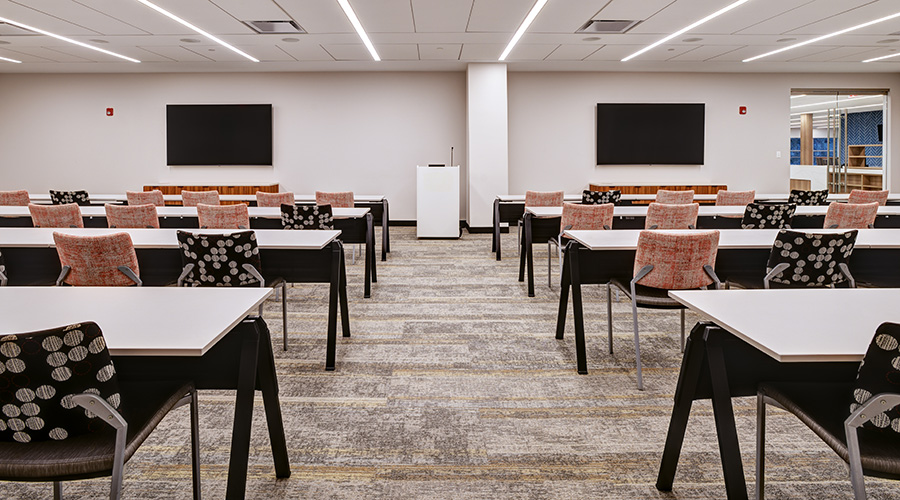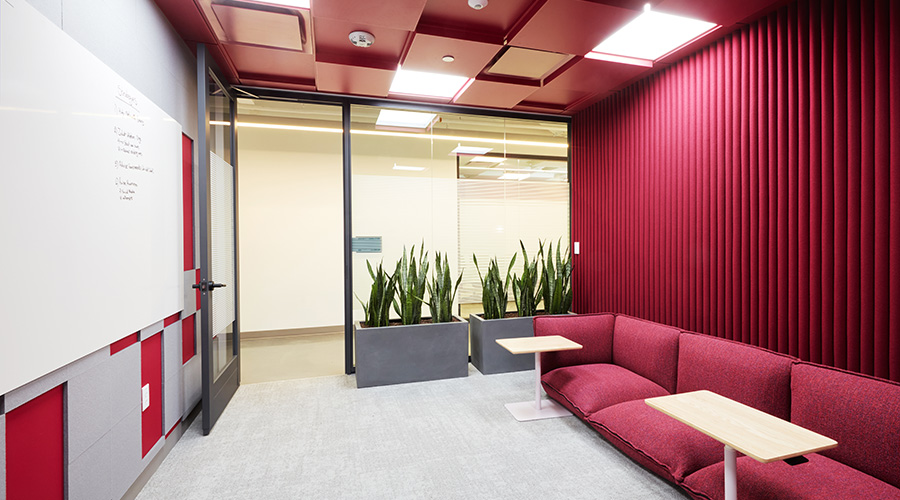 JLL
JLLPost-Pandemic Commercial Real Estate: A New Era
From housing and mixed-use to hybrid, the commercial real estate landscape is evolving.
Commercial office buildings sat empty in bustling downtowns such as New York, Chicago and Los Angeles after the COVID-19 pandemic sent office workers home in March 2020. As the pandemic continued, employees eventually returning to the office en masse seemed unlikely, as many surveys revealed that workers enjoyed the benefits of working from home, free from long commutes and enjoying the extra time while still doing their jobs.
More than three years post-pandemic, employers are still dealing with a changing workforce, and commercial building owners are optimistic even as many are still wondering what the future holds.
“The office sector is facing challenges, as hybrid work is reshaping and reimagining how organizations are using their spaces,” says Carey Sealy, global head of client operations-operational excellence, work dynamics, JLL. “Ultimately, investor and manager sentiment is going to vary based on the specific sector and geographic location they operate in.”
Big-city challenges
Getting workers back to the office continues to be a challenge. Kastle Systems, a security provider that monitors building occupancy rates, provides weekly reports on the occupancy rates in 10 of the top markets across the country.
The Back to Work Barometer as of Sept. 6 sits at 47 percent. When the pandemic started in March 2020, occupancy was 100 percent. It plunged below 10 percent in some cities during the early stages of the pandemic before starting to rebound in 2022. As of this writing the Texas metro areas of Houston (59.7 percent), Austin (57.6 percent) and Dallas (52.1 percent) rank Nos. 1-3 in highest occupancy, with Chicago (50.6 percent) the only other top 10 market above 50 percent.
San Francisco occupancy ranks eighth on the list at 40 percent, ahead of Philadelphia (38.5 percent) and San Jose, California (37.3 percent). The struggles to get workers back into the office in San Francisco are compounded by the astronomical cost of housing in the Bay Area.
Charles Bloszies is an architect and structural engineer who’s operated his firm for 35 years in downtown San Francisco. He recently participated in a public panel hosted by the San Francisco Planning and Urban Research (SPUR) and Urban Land Institute (ULI) San Francisco to discuss the benefits of converting empty commercial buildings into residential space to both alleviate the housing crunch and stimulate downtown commerce.
Housing, he says, is just one component of what the transformation of the commercial spaces might eventually look like.
“There’s a lot of demand for housing,” he says. “It might seem like it’s a no-brainer to convert these unused assets into something useful. Not only residential, but there’s talk about urban college campuses and things that put life back into the city. Nobody quite yet has a formula for how it’s going to change. It all has to do with economics. It’s just harder than you think to convert from office to residential. Construction costs are still pretty high and interest rates are high. All of these forces are kind of conspiring against what seems obvious.”
Once cities decide to convert office space to residential or multi-use spaces, the next step is determining what buildings are candidates to transition. Like many other big cities, San Francisco is blessed with a mix of energy efficient, modern buildings and others that were built more than 100 years ago after the city rebuilt following a 1906 earthquake.
“The larger buildings are a little more challenging just because of common sense and code-required light and air and floor plans are a little deeper,” Bloszies says.
“Some projects have been done in New York that have already transformed some big buildings that way, but it requires putting light wells in and tossing around ideas for what we call dark space, and office buildings have big dark spaces – more elevators than you need, and usually restrooms. That space can be transformed from office to residential and should be perfect, but that’s not allowed by our codes in San Francisco right now.”
SPUR and ULI San Francisco recently released a summary of findings that studied the office-to-residential conversion challenges and served as the backdrop of the discussion panel that Bloszies participated in. The study suggested that the city could create more than 11,000 housing units in the downtown area, though significant hurdles such as code requirements and the current economic climate are among the barriers to the transformation.
Cities such as Chicago, New York and Washington D.C. are also undergoing such transformations, but offering incentive programs to provide funding or property tax abatements for conversion projects that also encourage affordable units. For example, the summary cited Chicago offering tax increments financing to make 30 percent of the new units affordable. A Washington D.C. abatement program makes at least 15 percent of the new housing units affordable to people with lower incomes.
“It’s a balance, for sure,” Bloszies says. “The unfortunate aspects of having a very expensive city for workforce housing, it’s just not available for teachers, firefighters and police that really need to be here. Restaurant workers; all are having a hard time finding affordable housing.”
Through recent government funding programs such as the Inflation Reduction Act, Bloszies hopes the recovery can help get San Francisco’s commercial sector back on track.
“I don’t think we’re going to give up on cities,” he says, and the U.S. government apparently won’t, either.
“The Biden administration has a lot of economics tied to climate change, and that’s brought a lot of private sector money and economic energy right along with it,” he says. “I think the big push is from the government and then this other stuff will kind of come in later.”
Dave Lubach is the executive editor for the facilities market. He has more than eight years of experience reporting on facility management and maintenance issues.
Related Topics:













